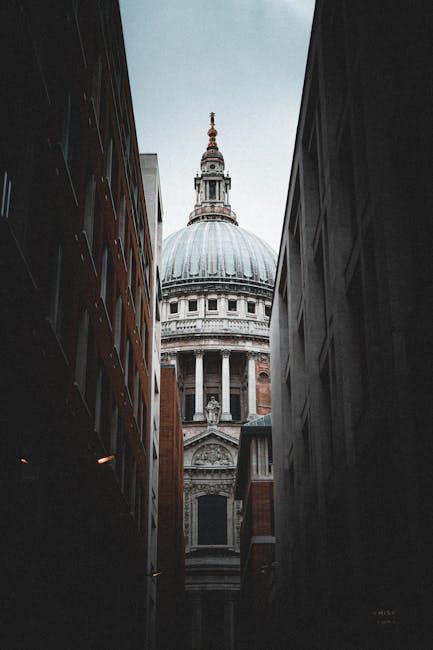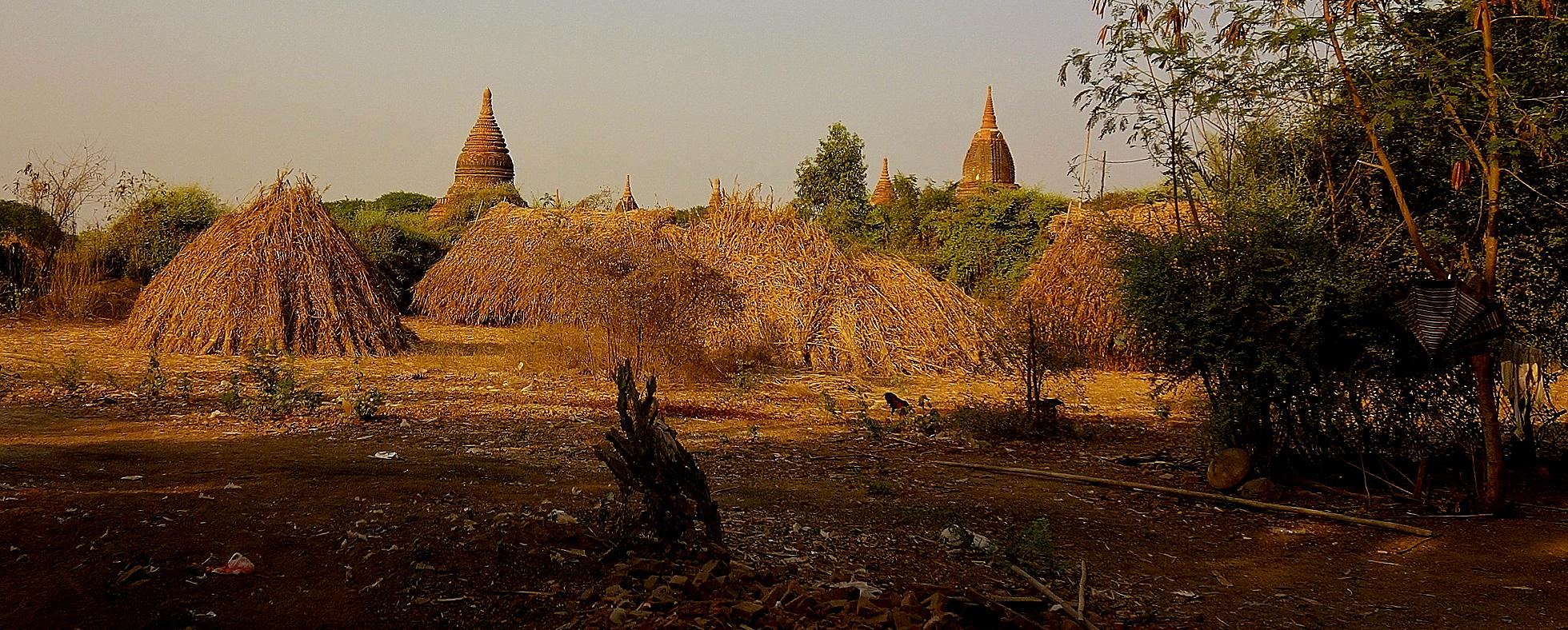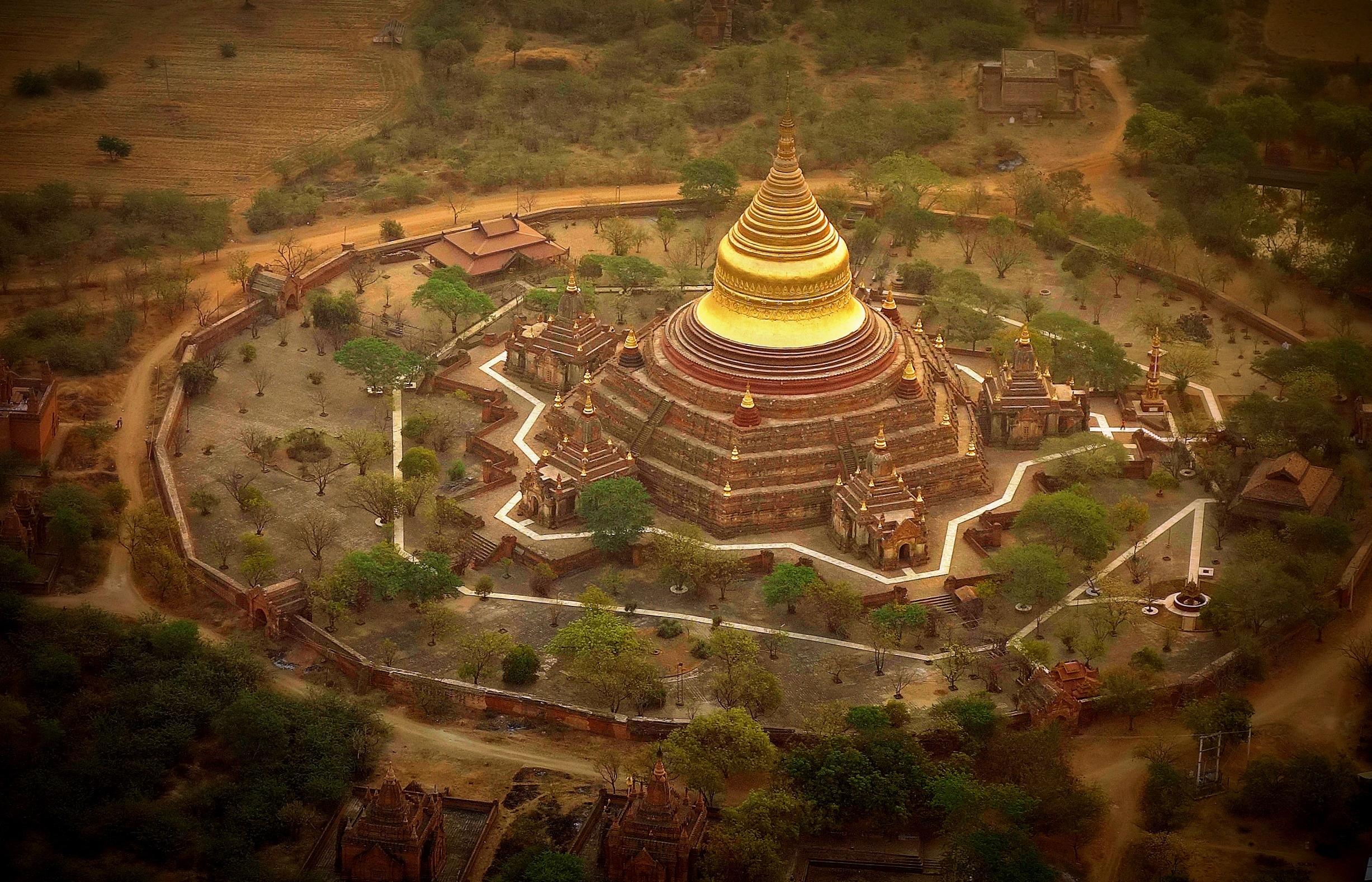In an age where wanderlust knows no bounds and the world feels smaller than ever, the allure of exploring sacred sites is undeniable. These hallowed grounds, steeped in history and spirituality, offer a glimpse into the heart of diverse cultures and the essence of human belief. Yet, as the footprints of travelers increasingly mark these revered spaces, a delicate question arises: should tourists tread these paths without proper guidance? This exploration seeks to unravel the intricate tapestry of cultural respect, spiritual sensitivity, and the burgeoning curiosity that draws us to these mystical places. As we journey through this discourse, we aim to illuminate the responsibilities of the modern traveler and the role of informed exploration in preserving the sanctity of the world’s sacred sites.
Understanding the Cultural Significance of Sacred Sites
In many cultures, sacred sites are imbued with profound spiritual and historical importance, often serving as the epicenter of communal identity and tradition. These locations, ranging from ancient temples to natural landmarks, are frequently revered as the dwelling places of deities or ancestors, and they play a crucial role in cultural ceremonies and rituals. When visiting such sites, tourists are not merely stepping into a picturesque setting but entering a space rich with meaning and heritage. Understanding this depth is vital to fostering respect and ensuring the preservation of these places for future generations.
Visitors should be mindful of the cultural nuances and practices associated with sacred sites. Consider the following guidelines to enhance your experience while maintaining reverence:
- Engage with local guides: Their insights can provide invaluable context and enrich your understanding.
- Respect local customs and rules: These might include dress codes, photography restrictions, or specific behaviors deemed inappropriate.
- Acknowledge the site’s spiritual significance: Approach your visit with a sense of humility and awareness of its sacred nature.
By approaching these sites with respect and openness, tourists can ensure that their presence is not only welcome but also beneficial to the communities that cherish them.
The Role of Local Guides in Enhancing Visitor Experience
Local guides play a pivotal role in transforming a visit to a sacred site from a mere sightseeing excursion into a profound cultural experience. These guides, often steeped in the traditions and histories of their locales, offer insights that are not available in guidebooks or online resources. With their intimate knowledge, they help tourists navigate the nuances of cultural practices, ensuring respectful and meaningful interactions with these revered places. Local guides not only facilitate understanding of the site’s historical significance but also share stories and legends that enrich the visitor’s appreciation and connection to the place.
Engaging with a local guide also helps in mitigating the risk of unintentionally disrespecting cultural norms or sacred protocols. They can advise on proper attire, behavior, and the dos and don’ts that might not be immediately obvious to outsiders. Here are some ways local guides enhance visitor experiences:
- Cultural Interpretation: Providing context that deepens understanding and appreciation.
- Respectful Navigation: Guiding visitors on how to engage respectfully with sacred spaces.
- Authentic Storytelling: Sharing personal anecdotes and local legends.
- Language Bridging: Facilitating communication between tourists and locals.
By offering these insights and services, local guides serve as essential mediators between the past and present, the sacred and the secular, ensuring that visitors leave with not just memories, but a deeper understanding of the cultures they have encountered.

Balancing Tourism and Respect for Sacred Spaces
As global travelers venture into culturally rich destinations, the allure of sacred sites often draws them into the heart of these spiritual havens. However, the increasing footfall poses a unique challenge: how to balance the influx of curious visitors with the sanctity these spaces demand. Tourists can inadvertently disrupt the delicate equilibrium of these sites, which hold deep spiritual significance for local communities. Without the appropriate guidance, visitors might unintentionally engage in activities that are considered disrespectful or intrusive, impacting both the environment and the cultural heritage they aim to appreciate.
To foster a respectful engagement, it is essential for tourists to seek proper guidance when visiting these revered locations. Here are a few practices to consider:
- Engage with local guides: They offer invaluable insights into the cultural and spiritual significance of the site, ensuring a more meaningful experience.
- Respect local customs: Understanding and adhering to dress codes and behavioral norms can prevent inadvertent disrespect.
- Limit photography: In many sacred sites, photography is either restricted or entirely prohibited. It’s crucial to respect these guidelines.
- Tread lightly: Be mindful of where you walk, as certain areas may be off-limits or considered sacred.
Through these thoughtful actions, travelers can ensure that their presence supports the preservation and respect of sacred spaces, allowing future generations to experience their profound beauty and significance.

Practical Tips for Visiting Sacred Sites Responsibly
When embarking on a journey to explore sacred sites, it’s essential to approach these places with respect and mindfulness. Here are some practical tips to ensure your visit is both enriching and considerate:
- Research and Understand: Before you go, take time to learn about the site’s cultural and historical significance. This will enhance your experience and demonstrate respect for the local traditions.
- Dress Appropriately: Many sacred sites have specific dress codes. Ensure your attire is modest and respectful to avoid offending local customs.
- Follow Local Etiquette: Be aware of and adhere to any specific rules or rituals. This might include removing shoes, staying silent, or participating in certain ceremonies.
- Photography: Always ask for permission before taking photos. Some areas may be off-limits for photography, so it’s crucial to respect these restrictions.
- Leave No Trace: Preserve the sanctity of the site by not littering and keeping the environment as you found it.
By following these guidelines, you not only show respect for the site and its custodians but also enrich your own understanding and appreciation of the cultural heritage you are exploring.
In Summary
As the sun sets on the discourse surrounding the delicate balance between exploration and reverence, it becomes clear that the journey to understanding sacred sites is as complex as the sites themselves. Whether treading the ancient stones of a revered temple or standing in awe beneath the towering canopy of a sacred forest, the question remains: how do we, as travelers, honor the sanctity of these spaces while fulfilling our innate desire to explore? Perhaps the answer lies not in avoidance but in seeking the guidance of those who hold the keys to these cultural treasures. As we pack our bags and prepare for our next adventure, let us carry with us the wisdom that every site tells a story, and every story deserves to be heard with respect, humility, and an open heart. In this dance between curiosity and respect, may we find a path that honors both the traveler and the sacred.

































